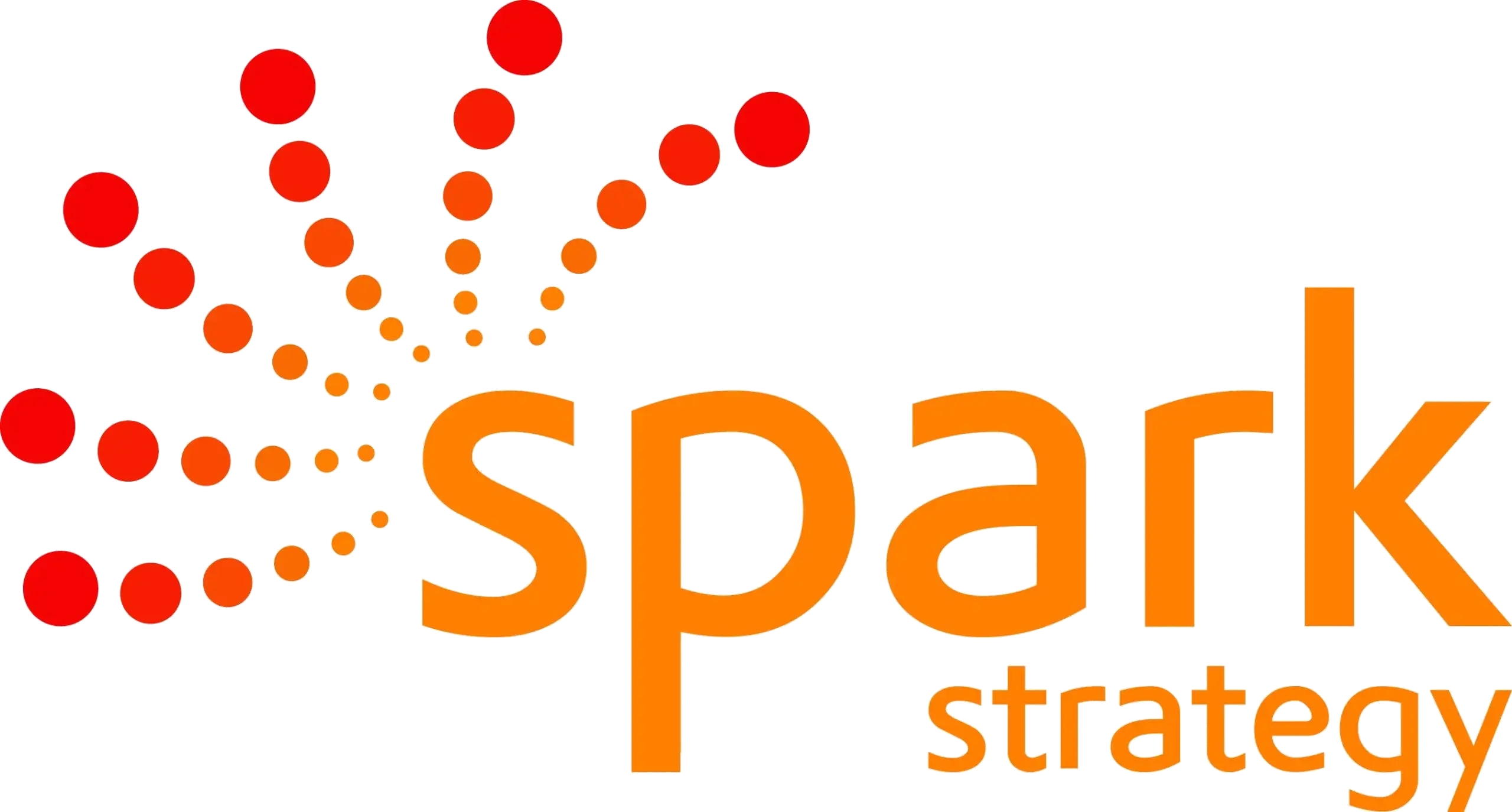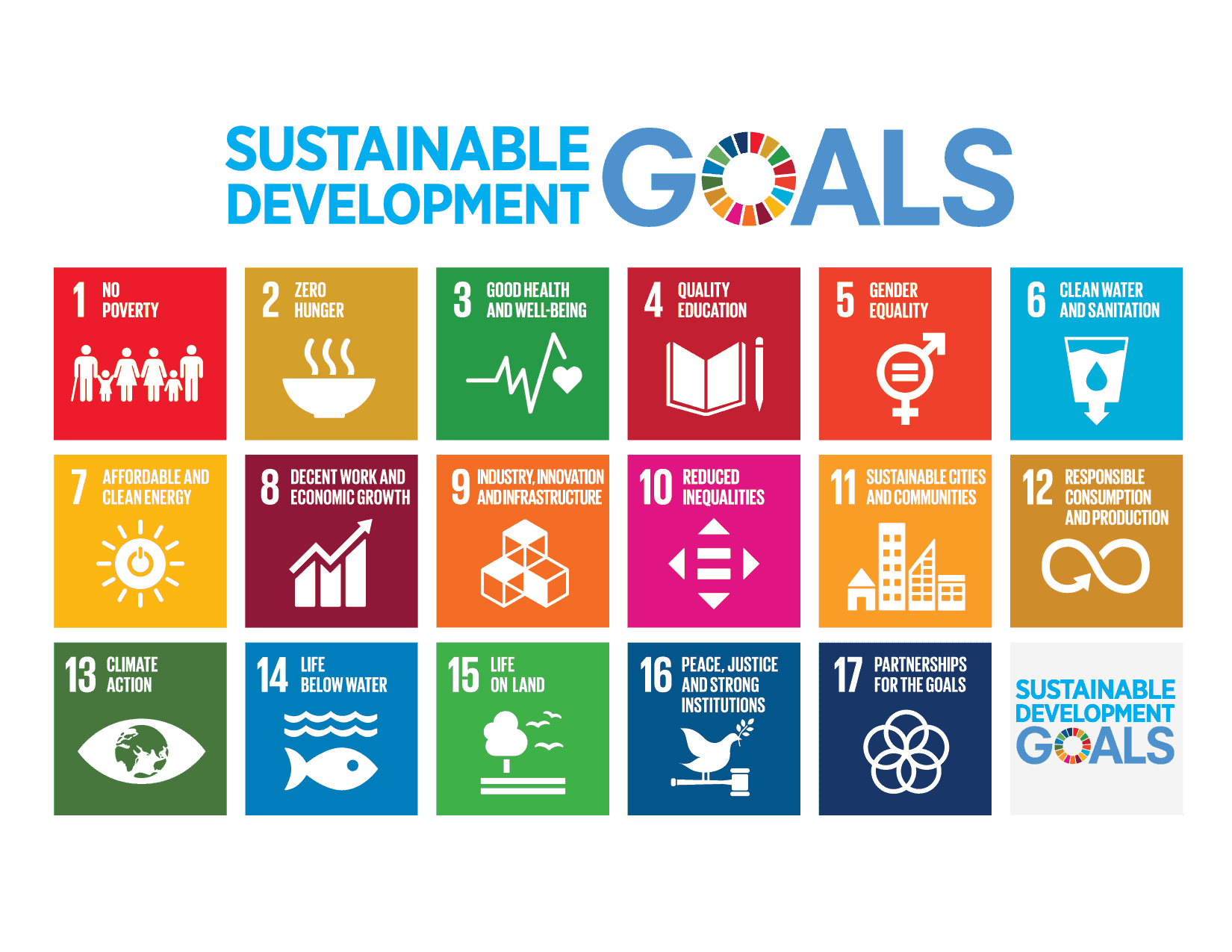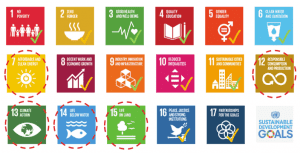It feels like everyone is talking about the SDGs. In our experience, the conversation typically revolves around what they are, their strengths and limitations, and where Australia is lagging. What we don’t often see and hear is how they can be applied to improve service delivery, build and strengthen coalitions and enact system reform that drives positive social and environmental impact. So, building on the workshop we ran at last year’s Impact Investment Asia Pacific Summit, we’re sharing some Sparkie insights (with a focus on pragmatism!) from our work in recent years.
What actually are the SDGs?
The Sustainable Development Goals (SDGs) are a a collection of 17 global goals set by the United Nations in 2015. The SDGs are a plan of action for people, planet and prosperity, which are universal – they apply to all nations and people, seeking to tackle inequality and leave nobody behind. The SDGs are focussed on making the world more prosperous, inclusive, sustainable and resilient. As such, they are wide ranging and include ending poverty and hunger, ensuring sustainable consumption and production, and promoting peaceful and inclusive societies.
Who are the SDGs relevant to?
The SDGs require the involvement of and are relevant to all actors in the for-purpose space. This includes not-for-profits, social enterprises, government, the private sector and civil society as well as philanthropic, academic and research entities.
What are the benefits of incorporating the SDGs?
We’ve seen the following organisational benefits when our clients have understood and applied the SDGs:
- Amplifying positive social and/or environmental impact through collective action and macro-level thinking.
- More effective communications, alignment to best practice, strengthened credibility and reduction in duplication through use of common language and a shared, global framework.
- Brand benefits, credentialising, strengthening stakeholder relations and keeping abreast with policy developments.
- Developing products, services, technologies and distribution channels that support sustainable development in growing markets.
- Investing in supply chains which are ethical, inclusive, resource-efficient and resilient.
- Improving the skills, opportunities, well-being and hence productivity of employees, contractors and suppliers;
- Stabilising societies and markets.
- Enhanced ability to secure funding and other resources (not-for-profits).
- Enhanced decision-making ability for allocating funding and other resources (government, business & philanthropy).
How is Australia tracking?
Australia’s progress on the SDGs is broadly in line with other OECD countries, though lags behind on SDG 7: Affordable and Clean Energy. The biggest challenges are related to our way of life and reluctance to make bold shifts in production. The SDGs that require most attention for Australia are therefore those circled in red below.
Where can the SDGs be applied?
The SDGs can be incorporated into a number of organisational activities and approaches, either for upfront decision-making or as a review and evaluation tool.
Strategy
For any organisation seeking to achieve social and/or environmental impact, the SDGs are an important input into the strategic planning process. Initially, this is about determining which SDGs have the greatest relevance to clients’ purpose, mission and vision. Furthermore, each SDG is underpinned by a number of targets and indicators, which can be a helpful guide in determining strategic priorities.
Operations
The SDGs can be applied to make an operating model more sustainable and equitable. This can be achieved by mapping your operating model (people, processes and infrastructure) and identifying the areas that could positively or negatively impact the SDGs, both now and into the future. Greater impact can be achieved if this process is applied with consideration to your business’ whole value chain.
Reporting and impact assessment
Whether through an annual report, an impact report or a sustainability report, organisations are increasingly reporting (and with growing sophistication) on their social and environmental impact. The SDGs provide a common language and framework that can be applied to monitoring, evaluation and reporting – this is often a first step to integrate the SDGs.
What helpful resources are out there?
There are a great deal of materials that are freely available e.g. the SDG Compass (guide for businesses) and the SDG Industry Matrix (examples of corporate action related to the SDGs).
What are your views on the SDGs and what has your experience been with them? Have they supported strategic decision making or have you encountered barriers in strategy formulation and review? Do you think of your operating model in terms of the SDGs, and why or why not is this the case? Have you seen ‘rainbow-washing’ occur, whereby organisations (ab)use the colourful SDGs mosaic or rainbow wheel in a shallow, meaningless way to enhance their brand? If you have answers to these questions, thoughts on our blog or any other SDG insights, please email us at info@sparkstrategy.com.au


